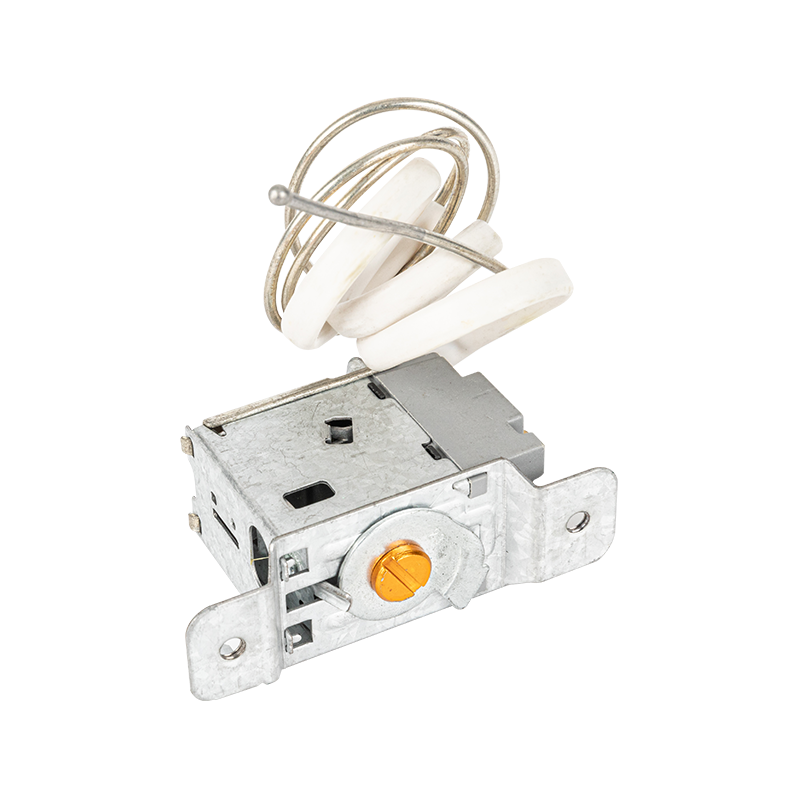Provide you with the latest enterprise and industry news.
1.Dual Temperature Control:
Cold Water Cooling Mechanism: The temperature control system encompasses both cold and hot water functionalities. Focusing on cold water, a dedicated cooling mechanism is employed to chill the water to the desired temperature. This system ensures that users are greeted with refreshingly cool water every time they dispense.
Hot Water Heating Mechanism: For hot water, the temperature control system employs a dedicated heating mechanism that elevates the water temperature to the ideal level for various purposes, including making hot beverages or instant soups.
2.Cooling Element and Refrigeration System:
Cold Water Cooling Element: Within the cold water reservoir, a cooling element is at work. This element, often a refrigeration system or a thermoelectric cooling module, utilizes the principles of heat exchange to extract heat from the water, resulting in a drop in temperature.
Thermostat Regulation: A thermostat closely monitors the temperature of the cold water. When the temperature rises above the preset point, the thermostat signals the cooling element to activate. Once the desired temperature is reached, the cooling mechanism deactivates to prevent the water from becoming excessively cold.
3.Heating Element and Sensor:
Hot Water Heating Element: The hot water reservoir is equipped with a heating element, which might be a heating coil or a tankless heating system. This element raises the temperature of the water to the specific level needed for hot water applications.
Temperature Sensor: Ensuring precision, a temperature sensor resides within the hot water reservoir. This sensor continually measures the water's temperature. If the temperature falls below the preset value, the heating element is prompted to activate, promptly reheating the water.
4.User-Friendly Temperature Adjustment:
Customizable Settings: User convenience is paramount, and water dispensers often include controls that allow users to adjust the cold and hot water temperature settings according to their preferences. This adaptability ensures that the water is always served at the desired temperature.
5.Safety Enhancement:
Thermal Cut-Offs: Safety mechanisms, such as thermal cut-offs, are integrated into the heating element to prevent overheating. If the water's temperature surpasses a safe threshold, these cut-offs interrupt power to the heating element, mitigating potential hazards.
Safety Locks: In households with children, safety locks or child lock features are sometimes incorporated to prevent accidental access to scalding hot water.
6.Energy Efficiency and LED Indicators:
Efficient Insulation: Recognizing the importance of energy efficiency, water dispenser reservoirs are often insulated to minimize temperature fluctuations and reduce energy consumption. This insulation ensures that the desired temperature is maintained with minimal energy expenditure.
Temperature Displays and Indicators: Modern water dispensers frequently sport LED displays that exhibit the current temperature settings for both cold and hot water. Indicator lights also illuminate when the cooling or heating systems are actively engaged, providing users with real-time feedback on the dispenser's operations.
Water Dispenser Parts S7A8922-1

Water Dispenser Parts S7A8922-1


 EN
EN English
English 中文简体
中文简体







